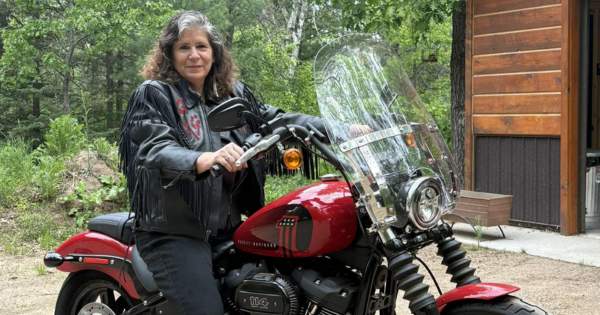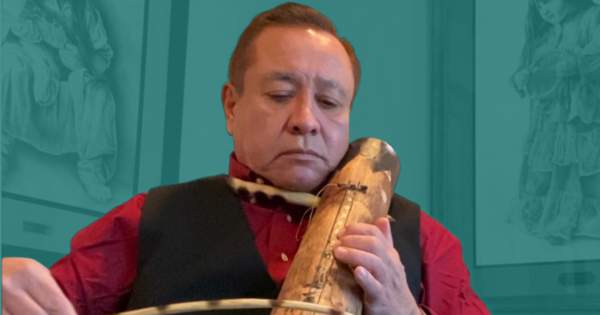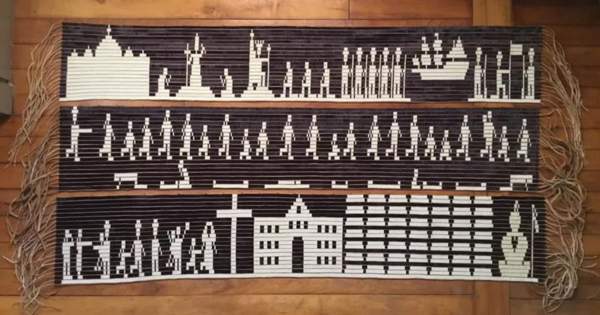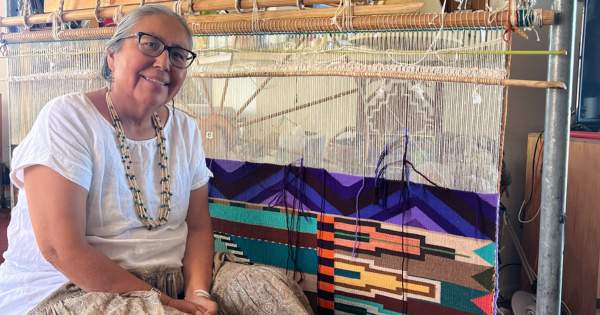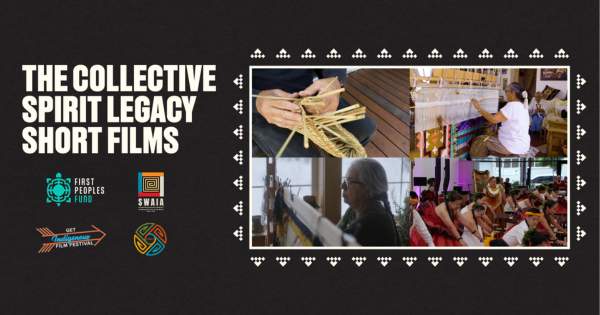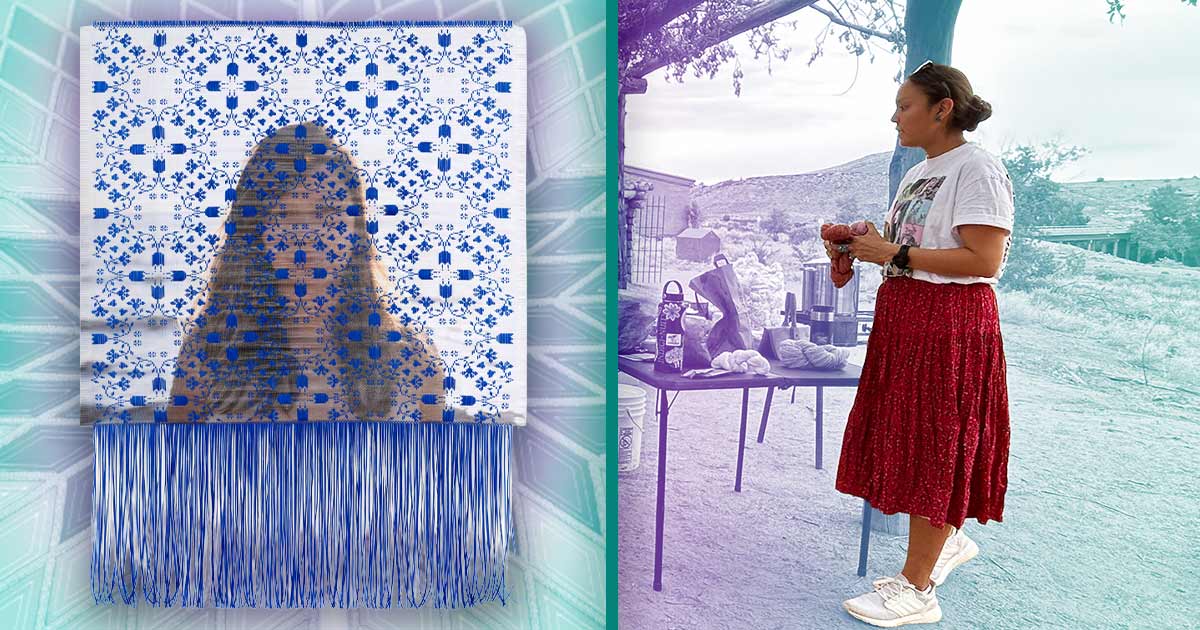
Pottery is the Past, Present, and Future
Lorraine Gala Lewis was born in southern California. She is a high school and college graduate of the Institute of American Indian Arts in Santa Fe, NM. At a young age, she lost her father from Taos Pueblo/ Hopi. Her mother, who is from Laguna Pueblo, moved the family back to New Mexico. Lewis’ mother met her step-father from Nambe Pueblo and she was raised with a traditional upbringing. She grew up taking part in the dances & ceremonies.
The Past
Lorraine Gala Lewis (Laguna Pueblo, Taos Pueblo, Hopi-Tewa) has been selling artwork at Santa Fe Indian Market since the age of twelve. And the market has changed significantly since the 1970s, says Lewis, who is a clay artist and a 2021 Artist in Business Leadership Fellow. “The arts have creatively evolved and have taken off in a wonderful direction. Mediums are changing, [and they’re] progressively moving forward generationally.”
Pueblo pottery, on the other hand, has been consistent over the decades, says Lewis. For instance, clay sources, paints, and firing methods are a centuries-old process that are still being used today. “Although my work is contemporary,” says Lewis, “[Pottery] is a gift given to us by our ancestors. And it’s a gift I would like to pass on to my grandchildren.”
The Present
Researching the past inspires Lewis. “There is a need to teach others to protect and preserve our natural and cultural resources,” says Lewis.
Contemporary art issues, however, like cultural theft and appropriation, concern her.
Like many Native artists, Lewis worries her original and recreated pottery designs might be copied and mass-produced by non-Native businesses for profit. “I don’t want ancient designs commercialized,” says Lewis, who prefers in-person business opportunities at art markets, or connecting via email, rather than marketing over the internet. “I’m protective [of my pottery designs], as there is a lot of misrepresentation of our ancestral arts,” explains Lewis. “Because once it’s on the internet, everyone has access to it and everyone can see it.”
As a result, Lewis builds relationships with people at museums, research centers, cultural centers, art markets, nonprofit organizations, and foundations. For her, developing a strong network among fellow artists is especially vital. “Our world is changing,” says Lewis. “And [artists] face challenges, so we must stay connected and balanced, and our art is our connection.”
And Lewis expresses appreciation for First Peoples Fund and their network of staff, artists, and cultural bearers —or her extended “family,” as she describes.
“[First Peoples Fund] created artist resources when things were at a standstill [due to the pandemic]. They’re always there for [artists] and they’re always checking on us.”
The Future
Lewis attended and sold her artwork at the 2021 Santa Fe Indian Market. The market today operates on a much grander scale, admits Lewis, who compares her most recent participation with her first market experience nearly 50 years ago, which, in the early 1970s, highlighted only Southwestern artists. “Yet as the market evolved through the years,” says Lewis. “I see artwork from tribal nations across the country and I learn from this experience. Indian Country is vast, we have an Indigenous presence globally with our art. As artists, we continuously evolve.”

